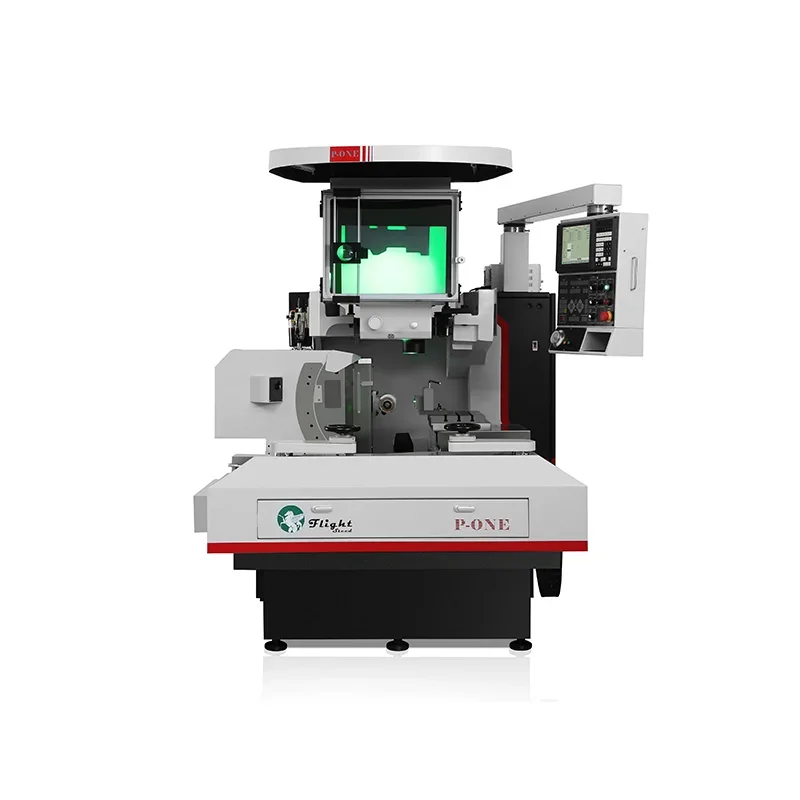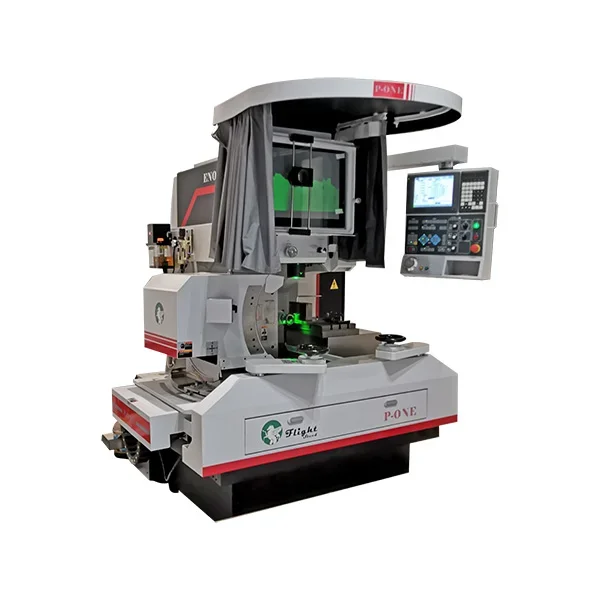In the field of optics, precision is of utmost importance. The ability to grind lenses with high accuracy and efficiency is crucial for producing high-quality optical devices. The P One Optical Curve Grinder is a cutting-edge machine that has revolutionized the lens manufacturing process. In this article, we will explore the capabilities of this remarkable device and its impact on enhancing optical precision.
The Importance of Optical Precision
Optical precision plays a vital role in various industries, including healthcare, telecommunications, and astronomy. Whether it is eyeglasses, camera lenses, or telescopes, the quality of optical devices directly affects their performance. Even the slightest deviation from the desired specifications can result in distorted images, reduced clarity, and compromised functionality. Therefore, achieving high levels of optical precision is crucial for delivering superior products to consumers.
Introducing the P One Optical Curve Grinder
The P One Optical Curve Grinder is a state-of-the-art machine designed to grind lenses with exceptional accuracy. It utilizes advanced technology and innovative features to ensure precise shaping and polishing of optical surfaces. The grinder is equipped with high-resolution sensors and computer-controlled algorithms, allowing for real-time monitoring and adjustment of the grinding process. This level of control enables the production of lenses with unparalleled precision.

Key Features and Capabilities
Automated Grinding Process: The P One Optical Curve Grinder automates the lens grinding process, reducing human error and increasing efficiency. It can grind a wide range of lens materials, including glass, plastic, and specialized materials used in advanced optics.
Customizable Curvature: The grinder offers a wide range of customizable curvature options, allowing manufacturers to produce lenses with specific shapes and focal lengths. This flexibility is particularly beneficial for industries that require unique lens designs, such as aerospace and defense.
Surface Quality Enhancement: The P One Optical Curve Grinder employs advanced polishing techniques to enhance the surface quality of lenses. It can achieve sub-micron level smoothness, minimizing light scattering and improving overall optical performance.
Real-time Monitoring and Feedback: The machine continuously monitors the grinding process, collecting data on various parameters such as pressure, speed, and temperature. This real-time feedback enables operators to make immediate adjustments, ensuring optimal results and reducing material wastage.
Advantages and Applications
Improved Lens Performance: The P One Optical Curve Grinder's precision grinding capabilities result in lenses with superior optical performance. This translates to sharper images, reduced aberrations, and enhanced color accuracy, benefiting industries such as photography, cinematography, and microscopy.
Increased Production Efficiency: By automating the grinding process and providing real-time monitoring, the grinder significantly improves production efficiency. Manufacturers can produce lenses at a faster rate while maintaining consistent quality, leading to reduced costs and increased competitiveness.
Versatility in Lens Design: The customizable curvature options offered by the P One Optical Curve Grinder enable the production of lenses for various applications. From complex aspherical lenses to freeform surfaces, the machine empowers manufacturers to explore new design possibilities and meet the evolving demands of the market.

Conclusion
The P One Optical Curve Grinder has revolutionized the lens manufacturing process by enhancing optical precision. Its advanced features and capabilities enable the production of lenses with exceptional accuracy, surface quality, and performance. As technology continues to advance, the P One Optical Curve Grinder will play a crucial role in meeting the growing demand for high-quality optical devices in various industries.
From Dull to Sharp: How a Grinding Wheel Dresser Restores Cutting Power
